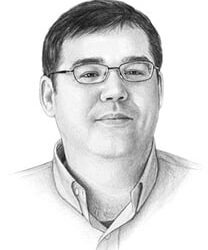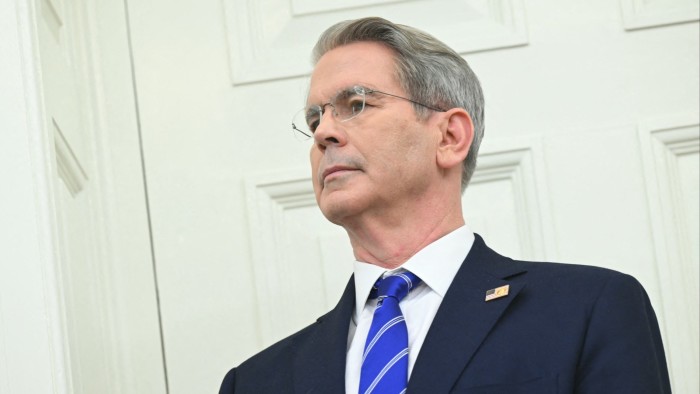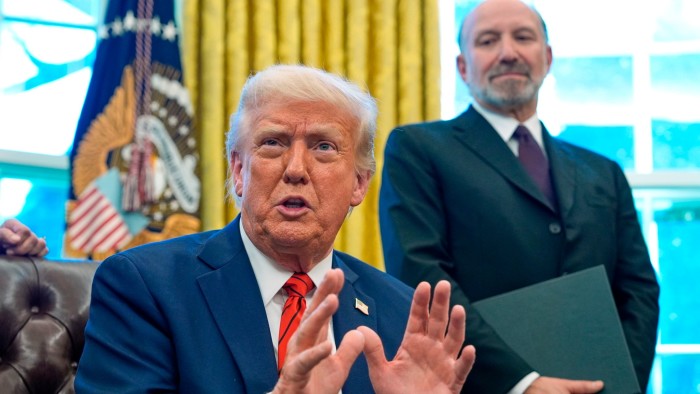Pope Francis dies aged 88

Unlock the Editor’s Digest for free
Roula Khalaf, Editor of the FT, selects her favourite stories in this weekly newsletter.
Pope Francis, leader of the world’s 1.4bn Catholics, has died at the age of 88, the Vatican announced on Monday, weeks after returning home from hospital having battled double pneumonia.
In his last public appearance on Sunday, he had greeted the faithful to wish them a happy Easter.
Cardinal Kevin Farrell, a senior Vatican official, announced that the pope had passed away at 7.35am on Monday.
“Dear brothers and sisters, it is with deep sorrow that I must announce the death of our Holy Father Francis,” he said. “Francis has returned to the house of the Father.”
The pontiff had been hospitalised in February and spent weeks undergoing treatment for the latest in a series of respiratory problems for the Argentine Jesuit.
During his 12 years at the helm of the Catholic church, Francis had sought to reform and revitalise a 2,000-year-old organisation shaken by sex abuse scandals and serious financial mismanagement as the church and its leaders struggled to adapt to the modern world.
The abrupt end of his unconventional papacy is expected to unleash a fierce contest for the role, pitting conservative cardinals against those who wish to continue trying to make the church more inclusive.
At present, 138 Catholic cardinals under the age of 80 — the majority of them appointed by Francis himself — will be eligible to vote in a papal conclave that must be held within two to three weeks of the pope’s death.
Francis’s death will cast a shadow over the Catholic Church’s ongoing Jubilee, a special holy year of forgiveness that occurs every 25 years, draws millions of pilgrims to Rome and is considered critical for replenishing the Vatican’s depleted coffers.
The first non-European to lead the church since the eighth century, Francis ascended the papal throne in 2013 following the shock resignation of his predecessor Pope Benedict XVI, who lived out his final years as Pope emeritus before his own death in December 2022.
Francis carried out an extensive global consultation with the faithful to chart the future of the church — an unwieldy exercise that provoked the ire of traditionalists who accused him of undermining clerical authority.
The final 51-page document recommended the greater involvement of women and lay people in the life of the church and its decision-making.
This is a developing story






